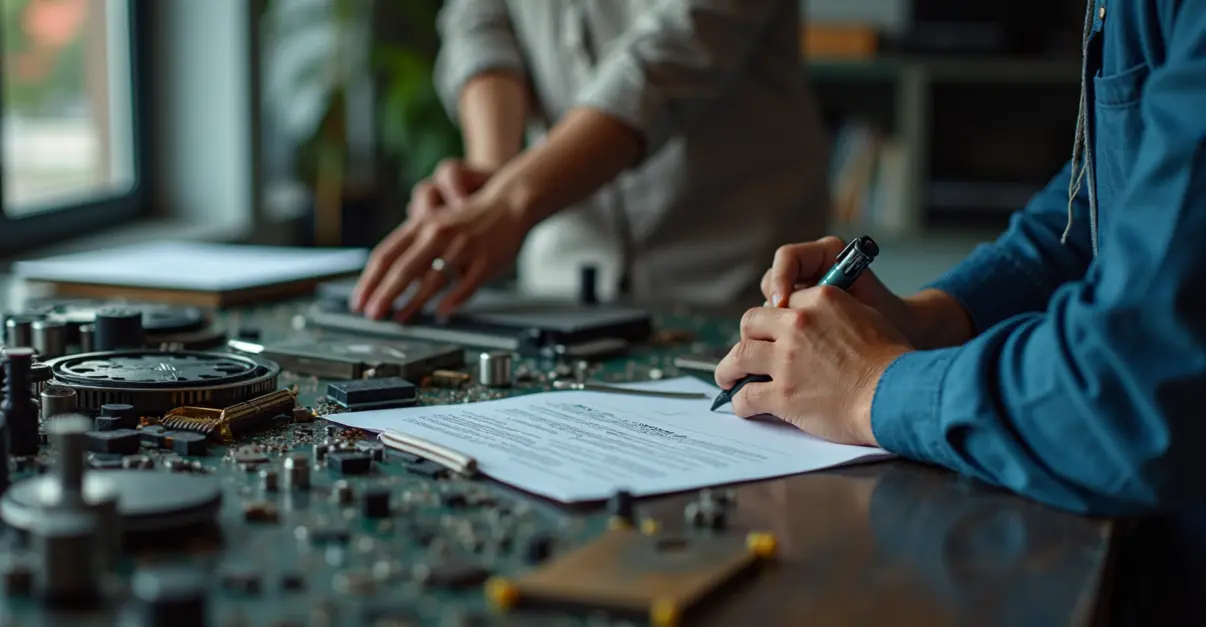Right to Repair legislation gains unprecedented momentum in 2025 with over 10 states introducing bills. Key developments include parts pairing bans, repairability indexes, and improved parts availability, promoting consumer choice and reducing electronic waste.

Consumer Electronics Repair Revolution Takes Center Stage
The Right to Repair movement is experiencing unprecedented momentum in 2025, with legislative developments across the United States creating new opportunities for consumers to fix their own electronic devices. What began as a niche consumer advocacy issue has transformed into a mainstream policy priority, with more than 10 states introducing new right-to-repair legislation this year alone.
Legislative Breakthroughs Across Multiple States
New Mexico recently became the 49th state to work on right-to-repair legislation, marking a significant milestone in the movement's nationwide expansion. 'We're seeing a fundamental shift in how policymakers view consumer rights when it comes to product repair,' says Elizabeth Chamberlain, sustainability director at iFixit. 'The momentum we're witnessing in 2025 represents years of advocacy finally coming to fruition.'
Oregon has taken a particularly progressive stance by enacting a policy that prohibits 'parts pairing' - software restrictions that prevent the installation of non-OEM components. This groundbreaking legislation represents a direct challenge to manufacturers' control over repair ecosystems. Meanwhile, states including Pennsylvania, New York, and Oregon have introduced 'repairability index' bills that would require manufacturers to rate how easily their products can be repaired, giving consumers crucial information before making purchases.
Parts Availability and Accessibility Improvements
The core of the right-to-repair movement centers on ensuring consumers and independent repair shops have access to necessary parts, tools, and diagnostic information. According to a recent Consumer Reports position paper, manufacturers' restrictions on repair resources create significant barriers that force consumers to choose between expensive authorized repairs or premature product replacement.
'When manufacturers control the entire repair ecosystem, they can effectively create repair monopolies that drive up costs for consumers,' explains Nathan Proctor, senior director of the Right to Repair campaign at U.S. PIRG. 'The legislation we're seeing in 2025 directly addresses these anti-competitive practices.'
Recent developments include Google's support for the movement, which industry experts describe as a 'game-changer,' and Microsoft's partnership with iFixit to provide genuine parts for Xbox repairs. These corporate shifts indicate that even major manufacturers are recognizing the growing consumer demand for repairability.
Environmental and Economic Benefits
The environmental implications of the right-to-repair movement are substantial. Electronic waste represents one of the fastest-growing waste streams globally, with an estimated 416,000 cell phones discarded daily in the U.S. alone. Recycling industry advocates strongly support these legislative efforts, noting that improved repairability helps divert e-scrap from landfills and reduces the risk of lithium-ion battery fires in the waste stream.
'Every device that gets repaired instead of replaced represents significant environmental savings,' notes Kyle Wiens, CEO of iFixit. 'We're talking about reduced mining for rare earth minerals, lower energy consumption in manufacturing, and less electronic waste clogging our landfills.'
Economically, repair restrictions cost American households an estimated $330 annually, according to advocacy groups. The movement seeks to shift consumer culture from a 'replace' mentality to a 'repair' approach, promoting both sustainability and financial savings for consumers.
Industry Response and Future Outlook
While major companies like Apple and the Biden administration have voiced support for right-to-repair principles, some electronics trade groups continue to express concerns about digital security and safety issues. They argue that untrained repairers could potentially create safety hazards or compromise device security.
However, advocates counter that proper training and access to manufacturer documentation can address these concerns. 'The argument that only manufacturers can safely repair devices doesn't hold up when you consider that independent auto mechanics have been safely repairing complex vehicles for decades,' Proctor argues.
Looking ahead, the movement shows no signs of slowing down. With all 50 states having now considered right-to-repair legislation over the past eight years, and 24 states currently having active legislation, the policy landscape continues to evolve rapidly. The introduction of repairability indexes and bans on parts pairing represent just the beginning of what could become comprehensive consumer protection standards for electronic products.
As Chamberlain summarizes, '2025 may well be remembered as the year when the right to repair went from being an activist dream to established policy reality. The progress we're seeing demonstrates that when consumers, advocates, and forward-thinking companies work together, meaningful change is possible.'

 Nederlands
Nederlands
 English
English
 Deutsch
Deutsch
 Français
Français
 Español
Español
 Português
Português









